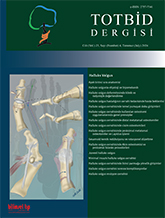
Second toe deformities arise from imbalances between the intrinsic and extrinsic muscles in normal anatomy. The etiology is multifactorial, with neuromuscular diseases and acquired factors (such as improper footwear, trauma) being the most common causes. Among second toe deformities, the most frequent ones include mallet toe, hammer toe, claw toe, and crossover toe. Mallet toe involves flexion deformity of the distal interphalangeal joint. Hammer toe can be a primary flexion deformity of the proximal interphalangeal joint with secondary extension deformity of the metatarsophalangeal joint and distal interphalangeal joint. Claw toe presents as a primary metatarsophalangeal joint extension deformity with secondary flexion deformities at the proximal interphalangeal joint and distal interphalangeal joint. Unlike the other three sagittal plane deformities, crossover toe involves varus or valgus deformities in the metatarsophalangeal joint axial plane. Deformities are classified into flexible and fixed based on clinical examination, which guides treatment decisions. In flexible deformities, joint-preserving surgeries like the Girdlestone-Taylor procedure, where the flexor tendon is transferred to the extensor, are performed. In fixed deformities, procedures such as interphalangeal joint resection arthroplasty or arthrodesis are preferred. Additionally, shortening osteotomies like the Weil osteotomy are performed to correct deformities in the joint.